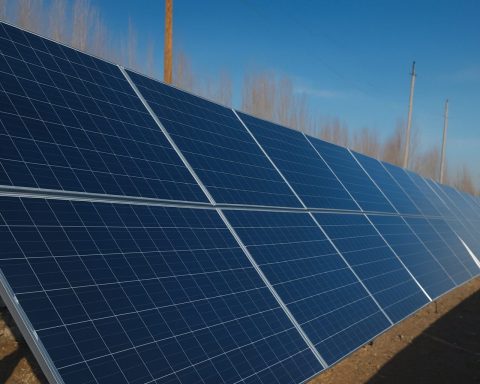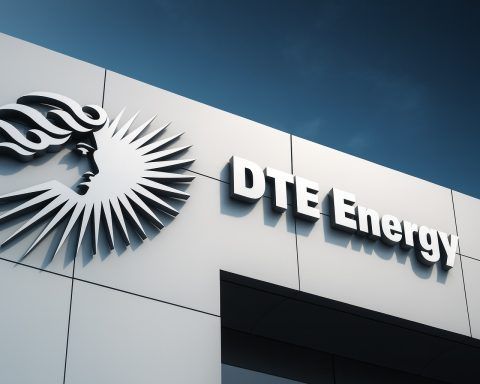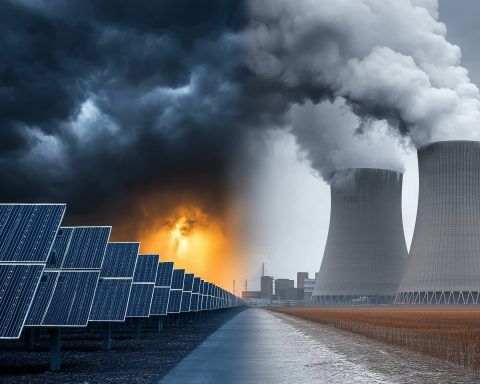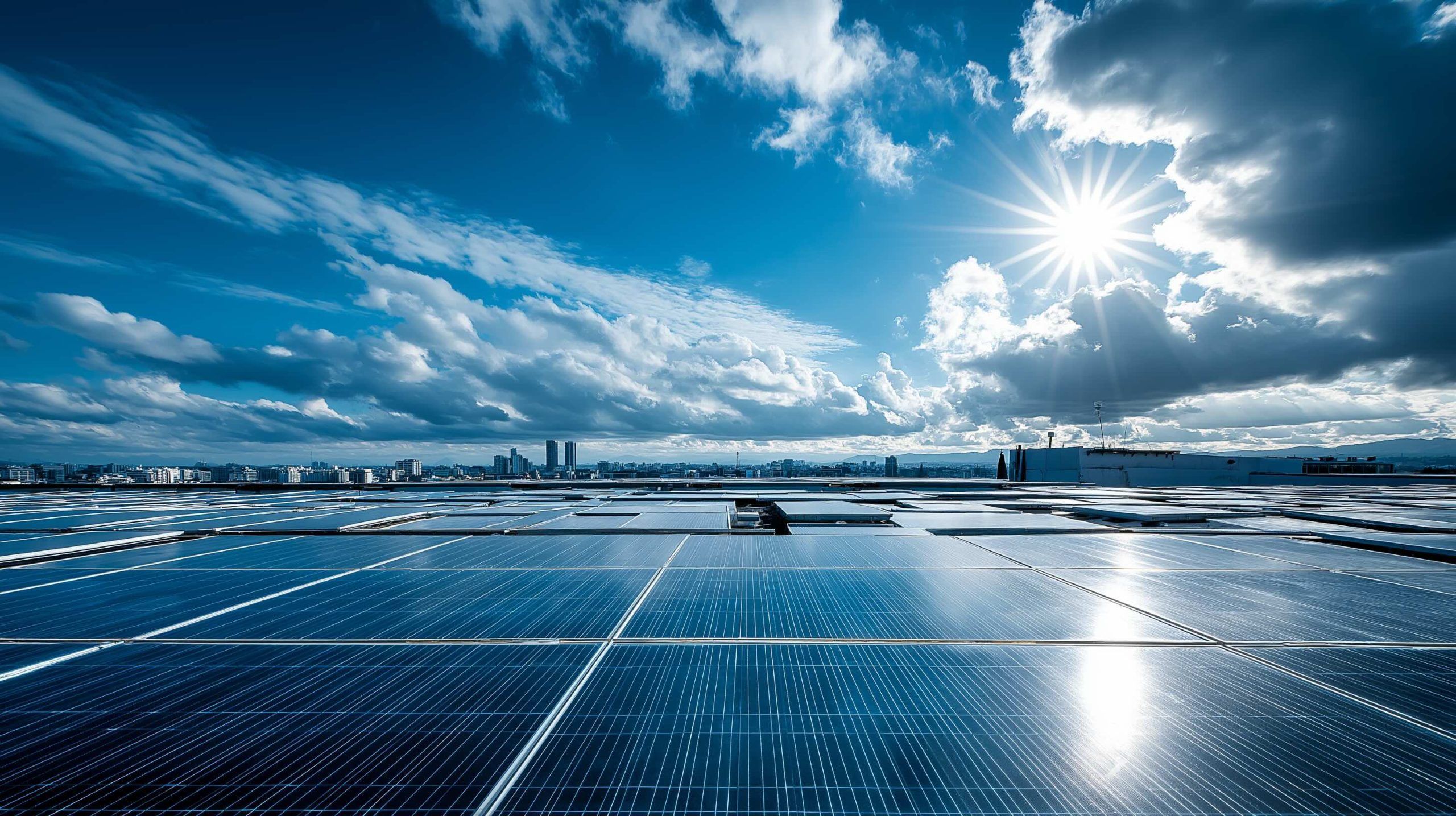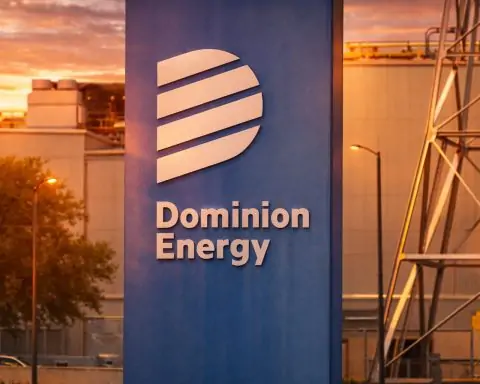
Dominion Energy’s Silent Solar Generator Debuts as Virginia Regulators Pause Chesterfield Gas Plant Approval
RICHMOND, Va. — Virginia’s energy debate sharpened on Friday, Dec. 19, 2025, as two Dominion Energy storylines collided: the utility’s push for new, fast-response power to meet booming demand—and a parallel push for cleaner, quieter alternatives to the diesel equipment

